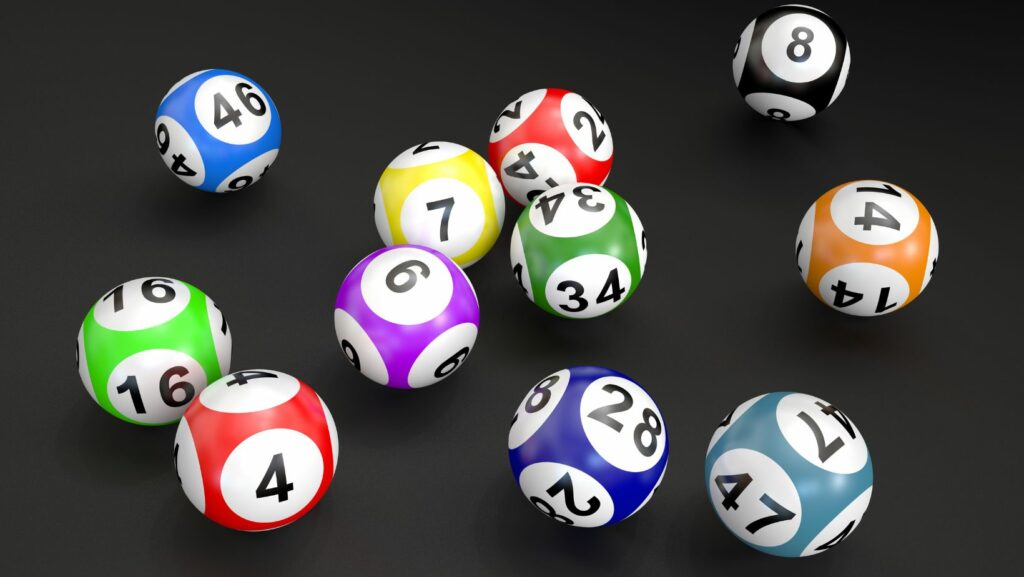Imagine a game of chance so intriguing that it has survived centuries, evolving from ancient ceremonies to modern-day lottery draws. This game, originally played with Chinese characters, is not just a testament to the allure of luck but also a fascinating glimpse into cultural history. Known as Keno, it began in ancient China, where it was believed to have helped fund major state projects like the Great Wall.
Today, Keno retains its simplicity and excitement, drawing players who select numbers in hopes of matching the randomly drawn ones. The transformation from elaborate Chinese characters to today’s digital numbers highlights both changes in technology and the game’s enduring appeal.
Lottery Game Originally Played Using Chinese Characters
Keno, a game with roots deeply embedded in ancient China, initially featured Chinese characters before transitioning to the modern numbered format. This game has successfully traversed through eras, adapting to technological advances while preserving its intrinsic gambling excitement.
Origins in Ancient China
 Keno’s inception can be traced back over 2,000 years ago during the Han Dynasty. Legend credits the creation of Keno to Cheung Leung, a city leader who devised the game to raise funds for military defense without further taxing the citizens. Initially, the game incorporated 120 Chinese characters, derived from a popular poem at the time, making it accessible and culturally relevant to the local population. Funds raised from Keno supposedly contributed to significant projects, including the construction of the Great Wall of China. This method of fundraising illustrates the game’s initial utility beyond entertainment, serving a crucial role in the nation’s development.
Keno’s inception can be traced back over 2,000 years ago during the Han Dynasty. Legend credits the creation of Keno to Cheung Leung, a city leader who devised the game to raise funds for military defense without further taxing the citizens. Initially, the game incorporated 120 Chinese characters, derived from a popular poem at the time, making it accessible and culturally relevant to the local population. Funds raised from Keno supposedly contributed to significant projects, including the construction of the Great Wall of China. This method of fundraising illustrates the game’s initial utility beyond entertainment, serving a crucial role in the nation’s development.
The Transition Over Centuries
As Keno spread beyond Chinese borders, notably to the U.S. in the 19th century with Chinese railroad workers, the game saw significant modifications. The original set of 120 characters gradually reduced to 80. By the time it reached the Western audiences, the Chinese characters were replaced with Arabic numerals to simplify participation for those unfamiliar with Chinese script. Over decades, Keno transformed from a manual, paper-based game to a digital format, reflecting advancements in technology. Today, players across the globe can enjoy Keno online and in casinos, demonstrating its enduring appeal and adaptability through the centuries.
The Modern Interpretation of the Ancient Game
 The legacy of Keno, a lottery-style game with ancient Chinese origins, illustrates its transformation into a game embraced globally. Today, Keno preserves its historical essence while adapting to modern gaming environments.
The legacy of Keno, a lottery-style game with ancient Chinese origins, illustrates its transformation into a game embraced globally. Today, Keno preserves its historical essence while adapting to modern gaming environments.
The adaptation of Keno from using Chinese characters to Western numerals marked a significant evolution in the game’s accessibility. Originally involving 120 characters, the modification to Arabic numerals facilitated Keno’s expansion beyond its cultural bounds, making it easier for people worldwide to play. This change occurred as Keno reached the shores of America in the early 20th century, brought over by Chinese immigrants. Simplifying the game to numbers rather than characters allowed it to integrate seamlessly into the casino environments flourishing in the United States.
Popularity in Contemporary Culture
 Keno’s popularity in contemporary culture stems from its simplistic yet thrilling nature. Casinos and online platforms capitalize on Keno’s ability to draw in players with its promise of significant payouts for minimal bets. In modern settings, digital versions of Keno offer real-time results and the convenience of playing from anywhere, enriching its appeal. Furthermore, Keno holds a special place in community events and social spaces, providing a quick, engaging betting option comparable to bingo, fostering social interaction and entertainment. The robust adaptation and integration of technology have kept Keno relevant in today’s fast-paced entertainment world, maintaining its popularity across generations.
Keno’s popularity in contemporary culture stems from its simplistic yet thrilling nature. Casinos and online platforms capitalize on Keno’s ability to draw in players with its promise of significant payouts for minimal bets. In modern settings, digital versions of Keno offer real-time results and the convenience of playing from anywhere, enriching its appeal. Furthermore, Keno holds a special place in community events and social spaces, providing a quick, engaging betting option comparable to bingo, fostering social interaction and entertainment. The robust adaptation and integration of technology have kept Keno relevant in today’s fast-paced entertainment world, maintaining its popularity across generations.
Impact on Culture and Society
Keno’s journey from ancient China to the digital screens of today highlights its enduring appeal and significant cultural footprint. This game has not only provided entertainment across centuries but also helped shape social practices and gatherings in various communities. Its evolution from using Chinese characters to Arabic numerals and eventually to digital formats exemplifies adaptability and resilience. As Keno continues to thrive in both physical and online venues it remains a testament to the game’s ability to bridge the past with the present engaging a diverse audience worldwide.

